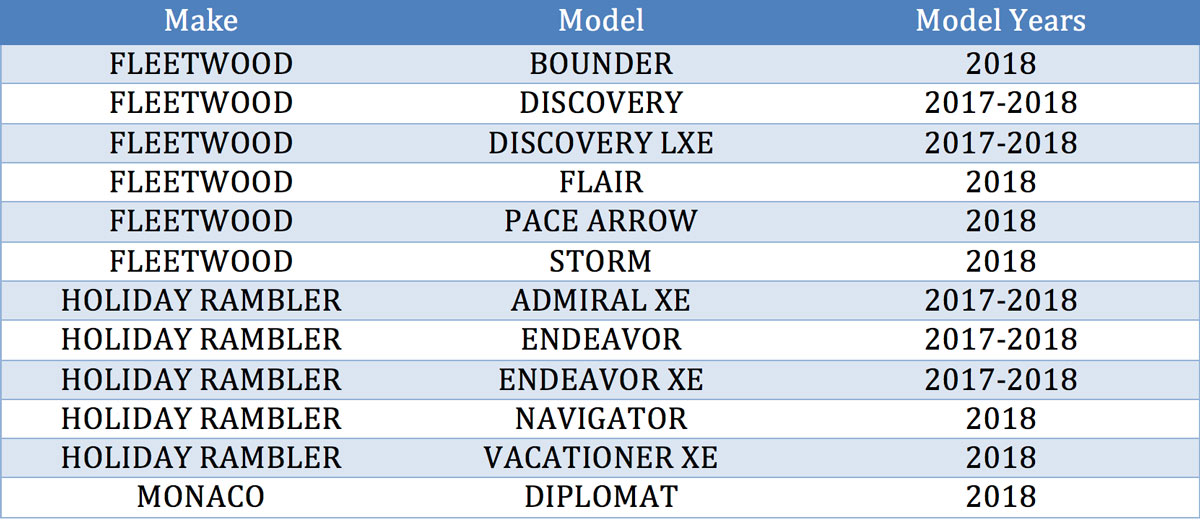Highway safety regulators are now moving forward with permitting a new kind of headlight in an effort to avoid the temporary blindness drivers can face when passing a vehicle with strong, high-beam headlights.
These high-tech lights can tailor beams automatically to focus only on dark areas without creating glare that can hurt the eyes of those in oncoming traffic. The final rule has just been published in the Federal Register after being issued by the National Highway Traffic Safety Administration, which noted that it’s time to permit these “adaptive driving beam headlights.”
“The final rule will improve safety for pedestrians and bicyclists by making them more visible at night, and will help prevent crashes by better illuminating animals and objects in and along the road,” said NHTSA when it announced the rule.
The headlights utilize LED lamps to be able to specifically focus beams on dark regions of the road, especially within the driver’s lane and along the shoulder and roadside. When traffic is oncoming, the lights’ sensors can automatically diminish light beam intensity and focus the lights in specific areas.
“You have the ability to basically create a light pattern on the fly that is optimized for real-time conditions,” said principal mobility analyst for Guidehouse Research, Sam Abuelsamid. “You can cast the light where it’s most useful.”
Abuelsamid explained that the lighting technology uses light-emitting diodes that control in what direction and how strongly the light beams are positioned, and these diodes work much differently than commonly-used lamps that emit high beams all over. Although these new lights are already heavily utilized in Europe, they will take time to spread to mainstream vehicles in the U.S. and will likely be high-cost at first, Abuelsamid added.
Additionally, in vehicles with partially automated driver assist systems, the lighting tech will help this software allow cars to more easily avoid upcoming obstacles, objects in the road, and veering out of the driver’s lane.
Bringing about this new final rule regarding headlights follows a year and a half behind Congress’ bipartisan infrastructure law requirement, and NHTSA noted that its safety measures typically move slowly once Congressional mandates finally come to fruition. Currently, more than a dozen auto safety rules with Congress-passed deadlines are years overdue, as has been the case under the last three presidents presiding over NHTSA’s rule-making actions.
Since 2017, NHTSA has been awaiting an administrator confirmed by the senate, although President Biden has recently nominated Steven Cliff for the role. Cliff is a former air quality regulator for the state of California, and is waiting for full Senate confirmation before beginning his duties with the agency.
The decision to push forth this new rule is likely provoked by a months-long steep increase in overall roadway fatalities throughout the country. In the first nine months of 2021, the number of traffic deaths on American roads skyrocketed, reaching a government-reported number of 31,720 during that time period. These deaths align with the rising numbers of reckless driving behavior the country saw throughout the pandemic era, especially as shelter-in-place orders were issued and roadways cleared, causing many drivers to feel the need to speed excessively.
Between January and September 2021, the estimated number of vehicle crash deaths rose by 12% from the same period in 2020. The number of deaths during this timeframe was the highest within a nine-month span since 2006, and showed the sharpest increase in a nine-month period since 1975–when the Transportation Department first began keeping records of fatal crash data.
“People make mistakes, but human mistakes don’t always have to be lethal,” said Transportation Secretary Pete Buttigieg of these tragic numbers. “In a well-designed system, safety measures make sure that human fallibility does not lead to human fatalities.”
Many safety advocates and transportation industry members are hopeful that this new headlight technology will help many drivers see exactly what they need to while driving at night, and will allow for fewer drivers to become temporarily blinded by high beams and avoid potential crashes caused by this visual difficulty.













